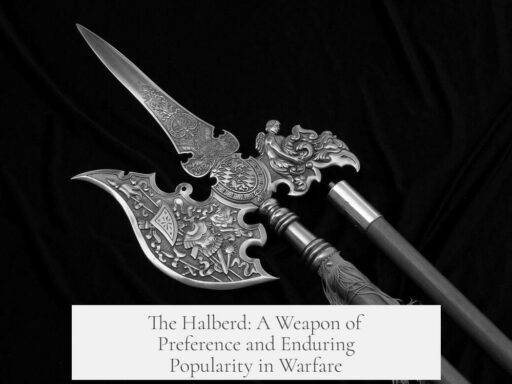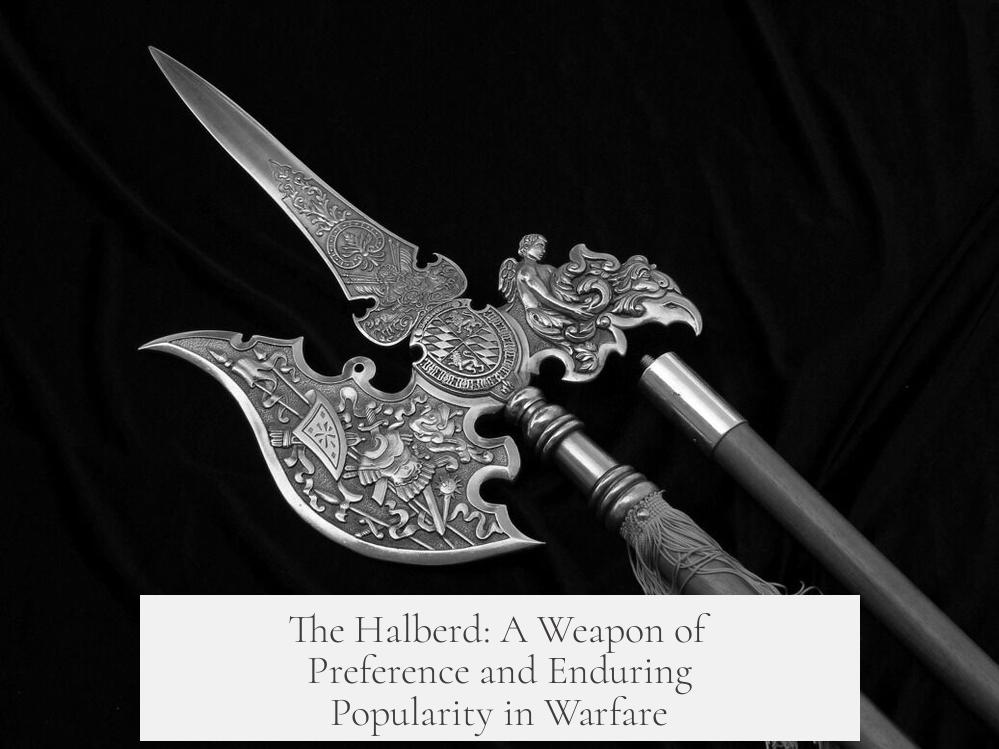The halberd was both well liked and widely used, especially between the 14th and 17th centuries. It served as a key weapon for infantry, designed to counter heavily armored opponents and cavalry. Its presence in European warfare is especially noted in the German lands and Swiss cantons during the 15th and 16th centuries.
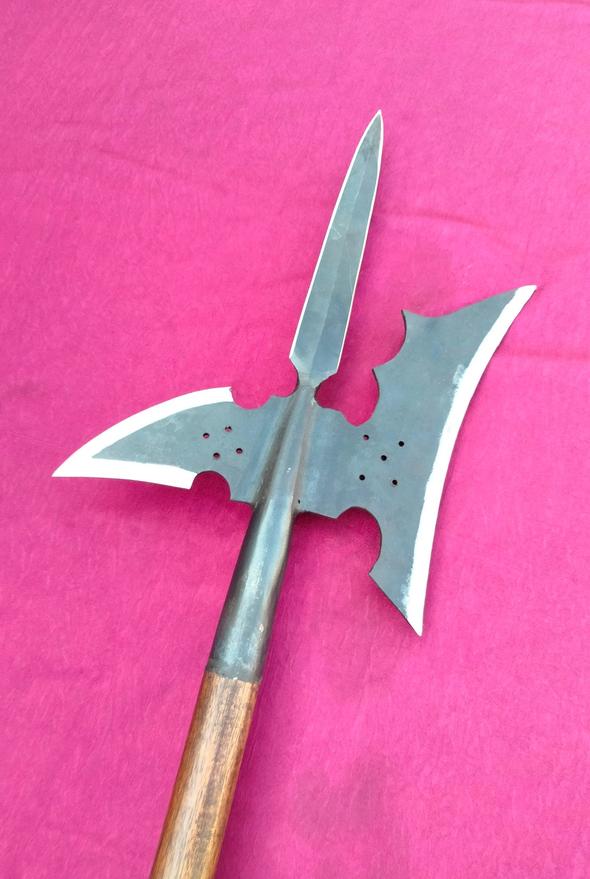
Originally emerging in the 14th century, the halberd combined spear-like thrusts with axe-like chopping and a rear spike for versatile combat. This made it effective for formations facing armored infantry and mounted knights. The complexity of its design required skilled soldiers but made it one of the most adaptive polearms available.
During the 15th century, halberds were mostly used in Swiss cantons and Germanic regions, favored by infantry types such as the Landsknecht double-pay soldiers. The 16th century expanded its use somewhat, even as pikemen and arquebusiers became dominant.
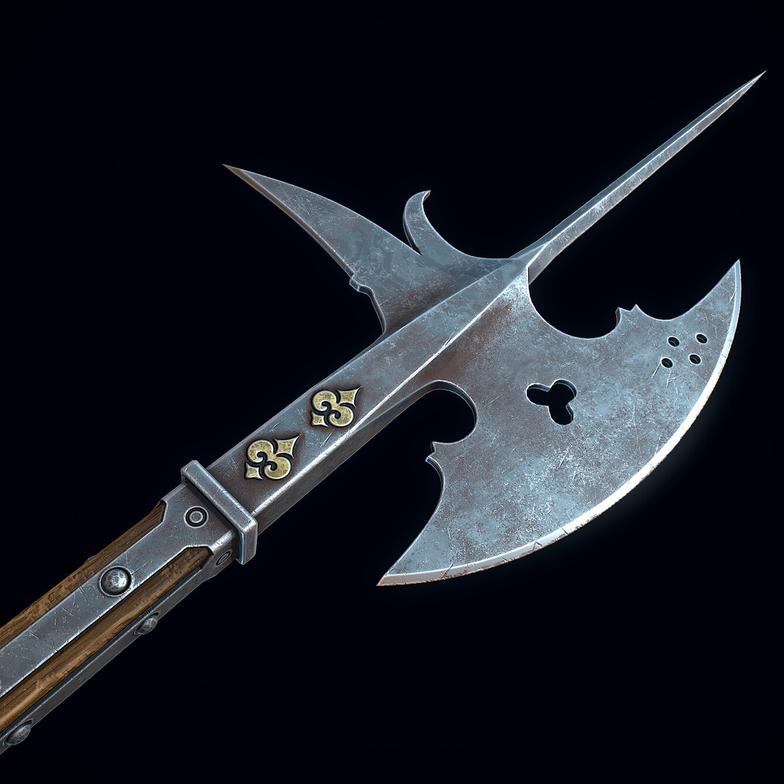
Halberds remained alongside other polearms like spears and pikes until at least the 17th century. This shows that militaries valued their multifunctional capabilities. Polearms could be adapted, with some spears replacing polearms and vice versa, depending on the tactical needs. For instance, the Swiss replaced halberds with pikes as their warfare evolved in the 15th century.
Halberds also survived as ceremonial weapons into modern times. Their symbolic role in military and state ceremonies underlines their lasting cultural significance beyond practical battlefield use.
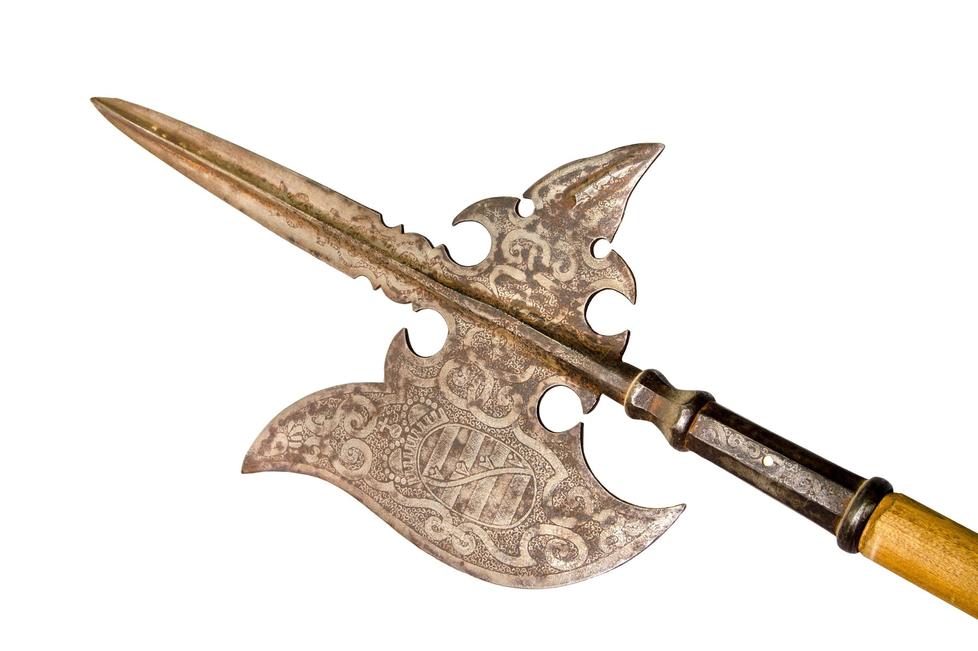
Key points on the halberd’s design highlight why it was favored:
- Top spike allowed effective thrusting like a spear.
- Broad axe blade enabled chopping power.
- Rear spike or hammer head enhanced armor penetration.
- It provided defense against cavalry and infantry alike.
Its multifunctionality made the halberd a potent infantry weapon, combining offensive and defensive qualities. This versatility, along with regional dominance in Germanic and Swiss forces, secures its place as both well liked and well used through several centuries.
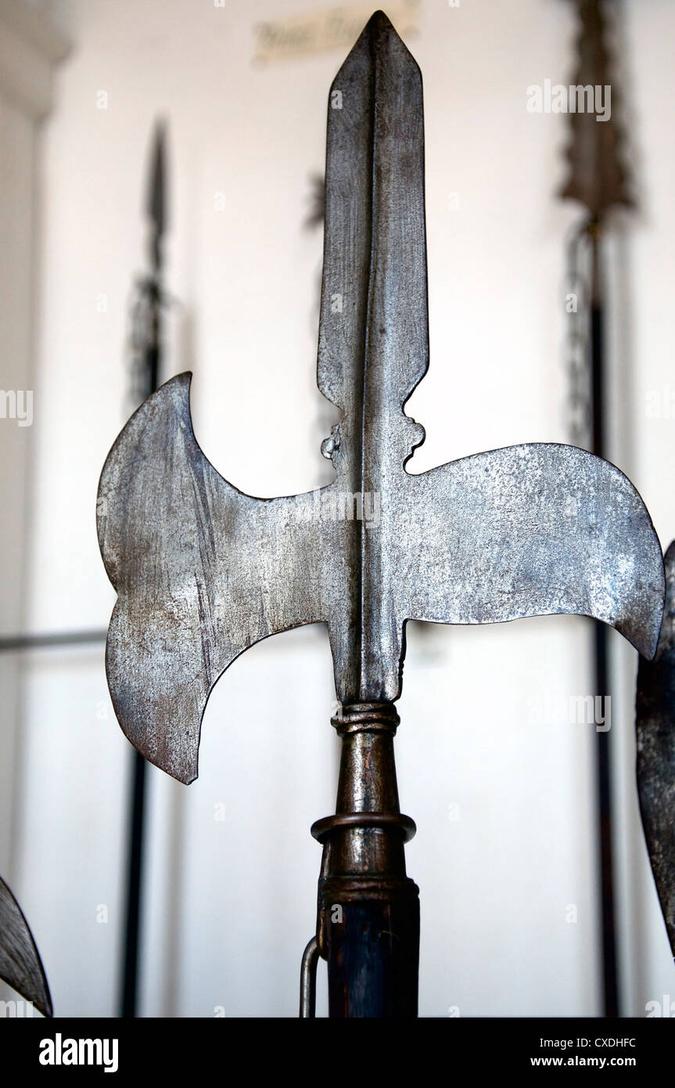
- Halberds were especially popular in 15th-century German and Swiss forces.
- Used extensively alongside spears and pikes until the 17th century.
- Its complex design made it versatile but required skill to wield effectively.
- Survived in ceremonial roles even after battlefield decline.
- Adapted over time as warfare tactics evolved, reflecting continued military value.
Was the Halberd a Well Liked and Well Used Weapon?
Yes, the halberd was indeed a well-liked and widely used weapon throughout its peak of popularity, especially from the 14th through the 16th centuries. Its design, versatility, and battlefield role secured an important place in military history. But let’s unpack the story of this fascinating polearm.
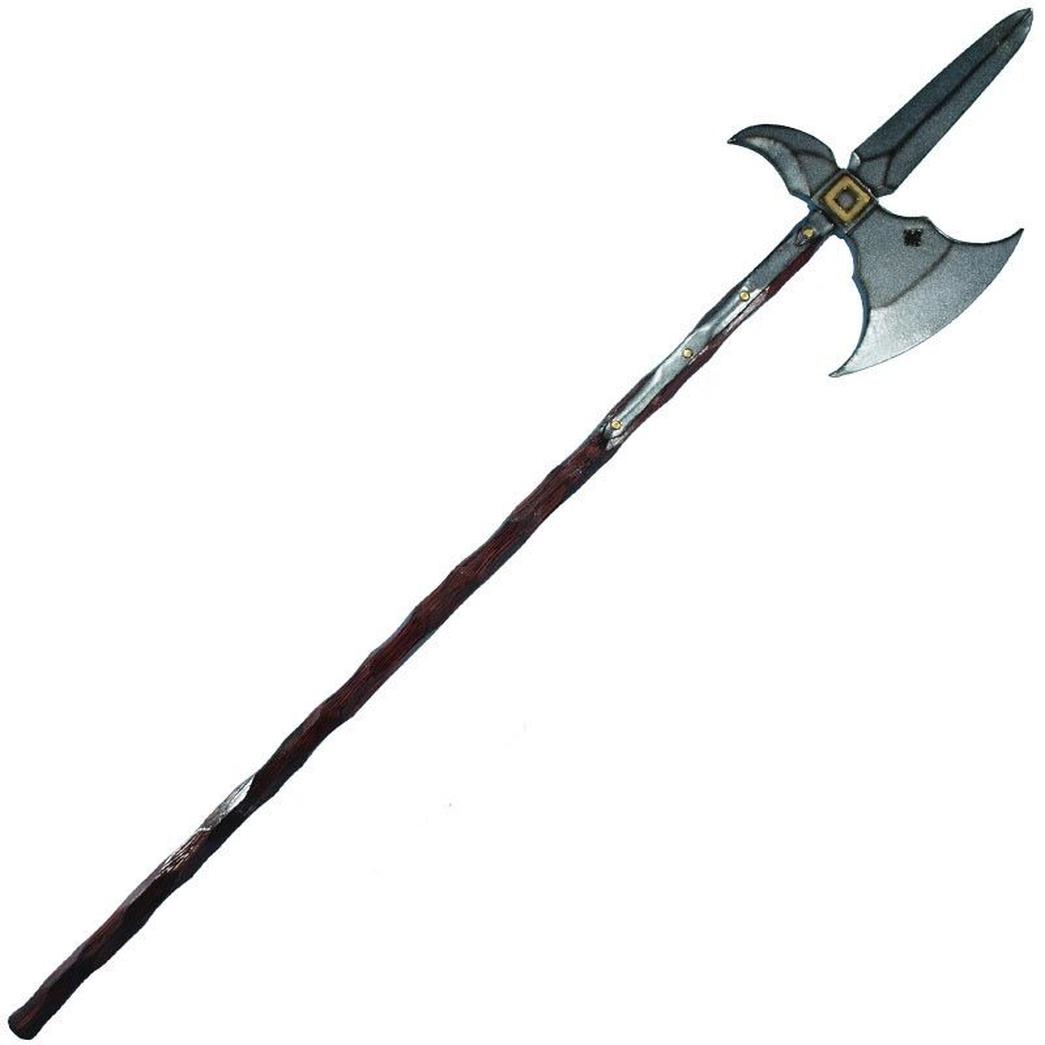
If you picture medieval battles, you might imagine rows of spearmen or knights wielding swords. However, the halberd brought a complex and multi-functional flair to the battlefield that ordinary spears couldn’t match.
The Popularity Journey of the Halberd
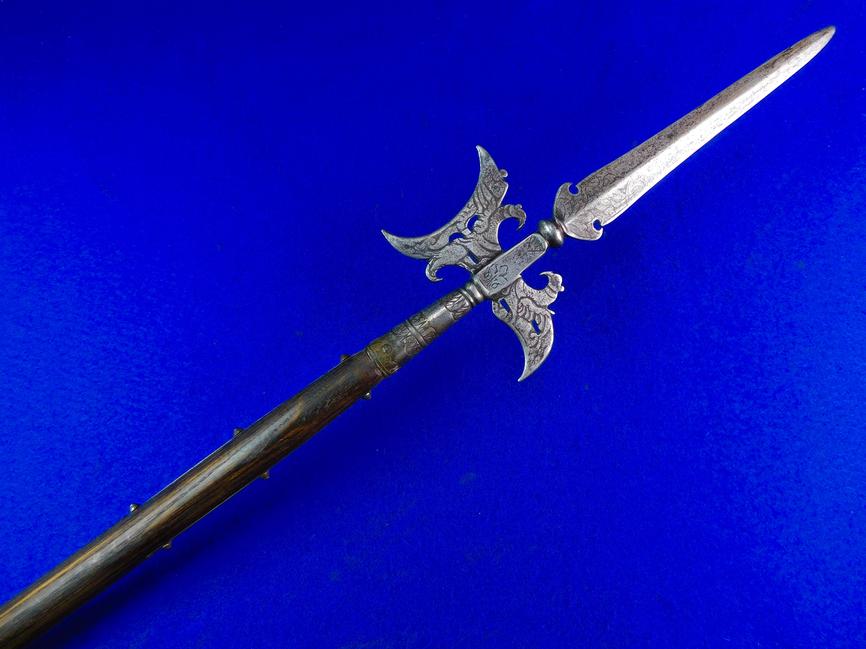
The halberd’s popularity truly flourished in the 15th century, with the German lands and Swiss cantons as epicenters. It became almost iconic in these regions, favored by foot soldiers known as halberdiers. These soldiers relied on the weapon not just for striking but as a symbol of military prowess.
By the 16th century, halberds reached wider use beyond their Swiss and German strongholds. Even as firearms began reshaping warfare, the halberd survived as a staple polearm for some time. Its continued ceremonial use into modern times also intertwines with its historical prestige, often seen in guards and formal parades. This ceremonial respect shows how much importance the weapon held, transcending mere practicality.
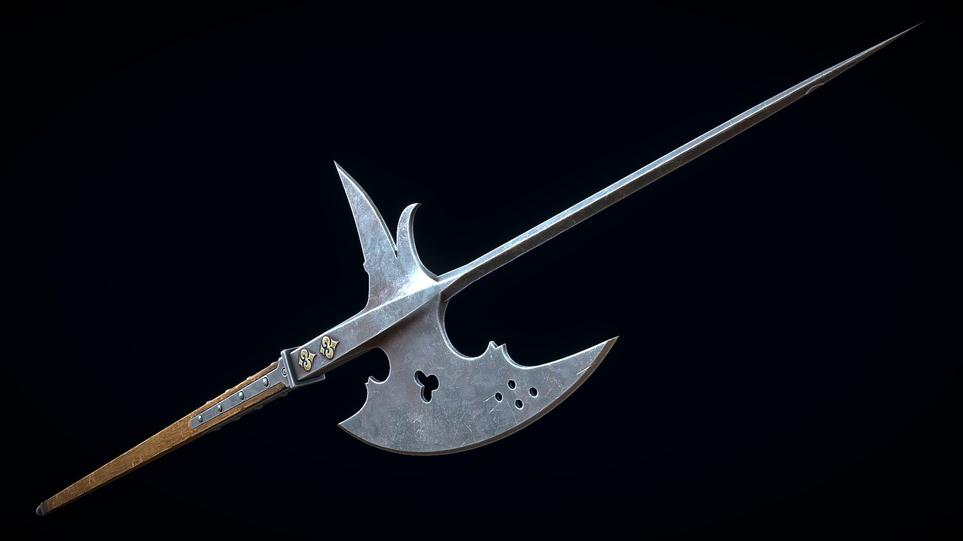
Role Among Other Weapons: A Place at the Front
The battlefield of the 16th century wasn’t ruled by halberds alone. Pikemen and arquebusiers dominated many engagements. Nevertheless, halberdiers continued to serve alongside spears and pikes until the 17th century.
The persistence of halberds alongside pikes is intriguing. Why? Because the military mindset clearly valued its combination of capabilities. Compared to the spear, the halberd delivered a cocktail of offensive options — not just stabbing but slashing and hooking, making it a versatile choice.
Take the example of the landsknecht doppelsoldat, a famous German mercenary soldier known for wielding both a pike and a halberd. This dual-weapon practice highlights how halberds remained crucial in formations where protection and offense had to be finely balanced.
Design and Functionality: More Than a Fancy Spear
At first glance, a halberd looks like a spear with added flair. But that’s selling it short. The halberd emerged in the 14th century as an answer to evolving warfare needs. It was designed specifically for formation fighting to break through heavily armoured infantry and protect against cavalry charges.
The weapon’s top spike functioned like a thrusting spear, useful for poking enemies at a distance. Then the broad axe-like blade could deliver sweeping, chopping blows—deadly against those in plate armour. Don’t overlook the back spike: this component allowed soldiers to hook opponents or horses, creating leverage to pull riders from mounts.
Some halberds even featured hammer heads, delivering concussive force powerful enough to crush armour joints. This made the halberd potentially the best armor-penetrating weapon a foot soldier could handle. In short, it was a Swiss Army knife of weapons – if the Swiss hadn’t later fallen in love with pikes, ironically enough.
Evolution and Replacement: Spear vs. Halberd
When you ask if the halberd was replaced, the answer involves a bit of a weapon shuffle. During repeating waves of military change, halberds alternated roles with spears and pikes.
Swiss troops in the 14th century wielded halberds almost exclusively. However, as their military campaigns extended beyond local regions in the 15th century, they adopted the pike. The pike provided extended reach and was simpler to use en masse, so it made sense for tight formations fighting cavalry and infantry alike.
Still, it’s not a zero-sum game. Sometimes halberds replaced spears, other times spears edged out polearms like the halberd. This swapping tells us that the halberd’s legacy wasn’t just about raw efficiency but about its strategic role, battlefield versatility, and regional weapon culture.
Why Did Some Soldiers Prefer the Halberd?
- Versatility: The soldier who mastered the halberd wielded a multi-purpose weapon adaptable for stabbing, chopping, hooking, and smashing.
- Combat Utility: Against cavalry, heavily armored infantry, and in formation fighting, the halberd had great tactical value.
- Symbolism: The halberd symbolized strength and versatility, especially among Swiss and German forces.
- Training and Skill: It required more skill than a simple spear but rewarded the halberdier with multiple battle options.
One could argue that halberds were the multitasking tool of their day. While spears offered practicality and ease, halberds offered flair and flexibility. Not to mention that, in tight formations packed with spearmen, the halberdier could punch through armor in ways spears could barely dream of.
What Can Modern Enthusiasts Learn From the Halberd?
For those practicing historical European martial arts or medieval reenactments, the halberd offers a unique challenge. It’s not just about strength—it’s about technique and timing. Learning to use the halberd hones a soldier’s ability to switch between stabbing and chopping smoothly. And that’s a skill people today still admire.
Moreover, studying the halberd’s place in history gives insight into how warfare evolves not just through new tech, but through adapting strategies and making multi-functional tools. It might make you wonder: if medieval soldiers could appreciate such a complex weapon, what modern multi-tools are we overlooking?
In Conclusion: The Beloved Halberd
The halberd was absolutely a well-liked and well-used weapon during the heyday of medieval and Renaissance warfare. Its ability to serve multiple roles on the battlefield made it invaluable, especially from the 14th to the 16th centuries. Though eventually eclipsed by simpler or more specialized weapons like the pike and firearms, it carved out a rich niche in military and ceremonial history.
So next time you see a halberd on display at a museum or parade, remember: this was a weapon soldiers trusted to shape battles, protect comrades, and survive chaos. The halberd wasn’t just some awkward polearm—it was a cornerstone of European warfare that gave armies an edge and left a mark on history.
